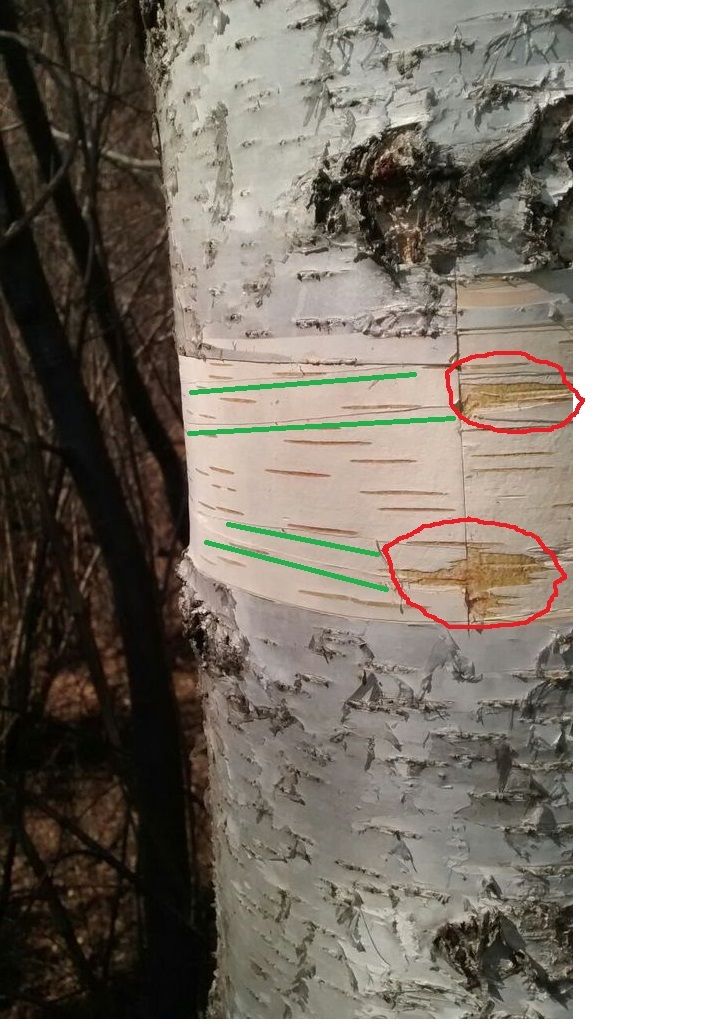It's both commoner, and with thicker bark, in the North though, Santaman.
It's a 'pioneer species'. I have howked hundreds of them out of threatened bogs and upland mosses, and thousands more out of every blooming planter and space between slabs and stepstones in the garden.
Lovely trees, useful trees, but a damned weed at times.
M
Very true, Birch are one of the first colonisers on cleared land where I live. They provide a bright and airy environment for other plant and tree species. They are also a very short lived tree, used for firewood and pulp.
I tend to regard them as I would a field of oats, a crop, like most trees in managed forest. Not to say I just slice bark off them, but more that if needs must, taking some bark or sap isn't going to bother me. That said, there's so much laying on the ground I never really do.

